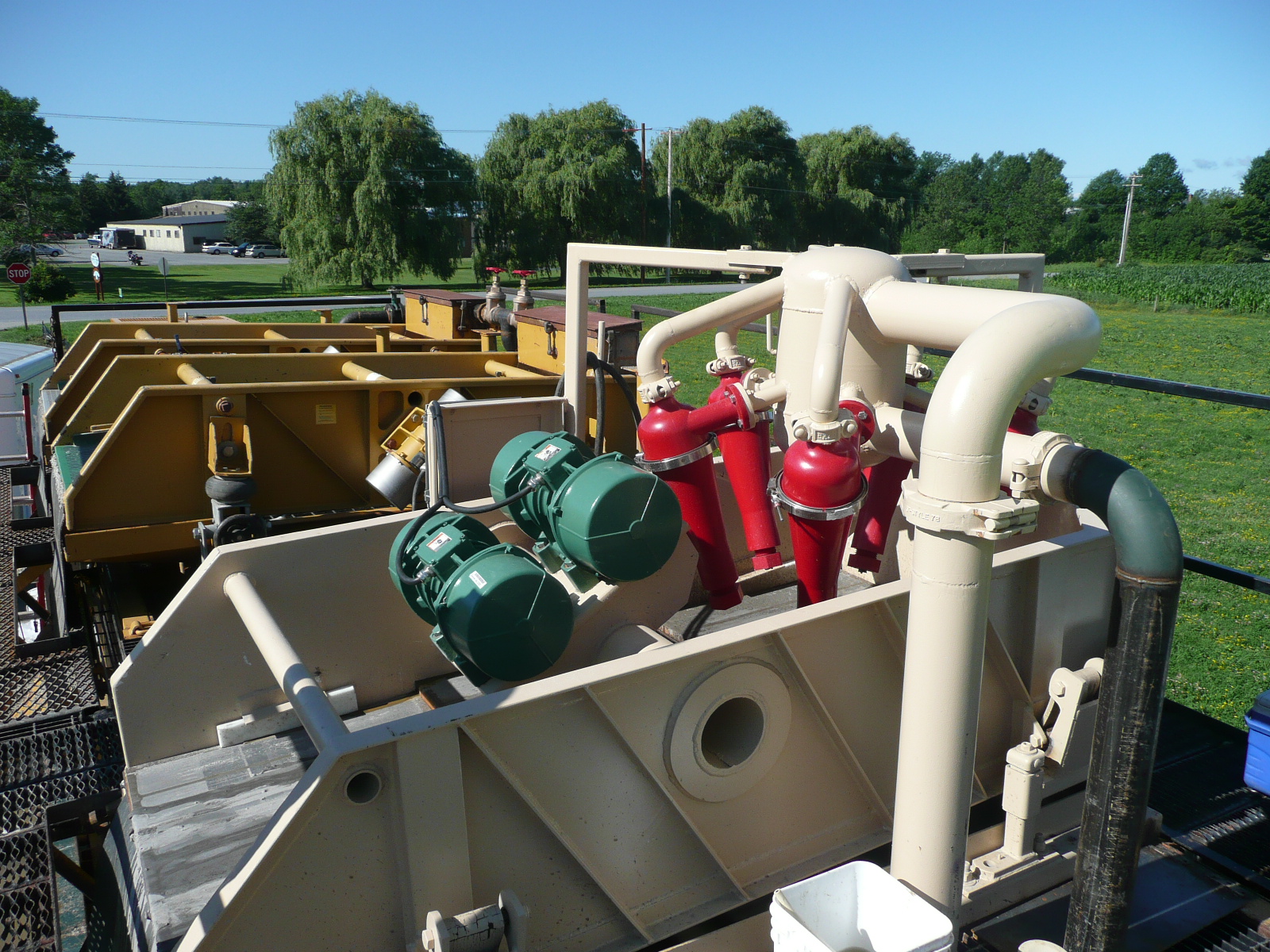In an era where infrastructure must develop to meet the demands of urban growth and ecological concerns, conventional drilling techniques often are insufficient. When it comes to construction projects that require accuracy and little interference, horizontal drilling emerges as a revolutionary approach. This groundbreaking method allows for drilling at an angle or along a curved path, enabling operators to navigate around barriers and access inaccessible areas.
For individuals new to the field, understanding what directional drilling entails is essential. From its evolution in techniques to its various applications across sectors, such as oil and gas, utility installation, and renewable energy, directional drilling is reshaping how we approach complex projects. With benefits that include less ground disturbance, time efficiency, and environmental advantages, it's clear that when straight isn't enough, the ability to drill with purpose opens up a new realm of options.
Grasping Inclined Boring
Horizontal boring is a process used to bore wells at various angles rather than just vertically. This technique allows companies to reach alternative oil and gas reserves that are located beneath obstacles such as structures, rivers, and environmental protection areas without disturbing the surface. By adjusting https://gmaccontractors.com/ of the drilling path, inclined boring enables access to commodities that would not be challenging or not possible to obtain using traditional vertical drilling methods.
The process begins with exact planning, where engineers determine the most suitable drilling path based on geological and commodity locations. Advanced technology such as wellbore motors and spinning steerable systems helps to manage the course of the drilling bit while boring. This accuracy is crucial, especially in metropolitan environments where boring must avoid existing facilities and limit surface interference.
Comprehending the mechanics of directional drilling also involves getting acquainted oneself with the types of drilling fluids employed and tracking systems that follow the hole's progress. These parts are essential for ensuring that the drilling maintains the accurate trajectory and for dealing with challenges that may happen during the boring process, such as altering soil states or hitting unexpected geological structures.
Benefits of Directional and Horizontal Drilling
Directional and Horizontal drilling offers many advantages over conventional drilling approaches, making it a favorable choice for various sectors. One of the key benefits is its potential to reach locations that are not immediately reachable from the surface. By using innovative techniques, horizontal drilling can maneuver around barriers and drill at different angles, enabling for efficient resource gathering and utility installation. This adaptability significantly enhances project workability in challenging environments, making projects highly successful.
Another significant advantage of directional and horizontal drilling techniques is the reduction in surface disruption. Unlike standard vertical drilling methods, which requires extensive land clearing and may affect the surface significantly, directional and horizontal drilling techniques limits the extent of drilling operations. This is especially important in metropolitan areas where keeping surface stability is crucial. By drilling horizontally or at angles, companies can install utilities, or other infrastructures without the necessity for large excavation sites, thus protecting the surrounding environment and reducing environmental effects.
Cost efficiency is yet another persuasive benefit of horizontal drilling. While the initial costs might be higher due to sophisticated equipment and methods, the long-term savings are substantial. Directional and Horizontal drilling often lead to shorter project timelines and diminished labor costs, making them financially sound. Additionally, the reduced ecological and surface impact can reduce the costs associated with remediation and restoration efforts, making directional drilling a smart investment for infrastructure and utility projects.
Prospects of Horizontal Drilling
The future of horizontal borehole drilling is poised for remarkable progress fuelled by tech innovations. As the industry embraces AI and automation, the accuracy and effectiveness of borehole processes are set to improve. AI programs can process vast amounts of information to determine ideal drilling paths and foresee challenges in the moment, allowing for more precise and economical operations. This progression not only improves project timelines but also minimizes risks associated with traditional borehole methods.

In conjunction to AI, the integration of sophisticated monitoring devices and software is transforming how directional borehole drilling is conducted. Such technologies enable ongoing surveillance and tracking of bore paths, making it more manageable for engineers to modify borehole strategies on the fly. Enhanced telemetry technologies provide immediate feedback, ensuring that operators can react to issues as they come up, ultimately leading to higher success rates and smoother project completion. As these innovations become more widespread, they will empower companies to address increasingly complicated and challenging borehole scenarios.
Furthermore, the growing focus on sustainable infrastructure is likely to influence the prospects of horizontal drilling considerably. With ecological issues at the forefront, the field is investigating greener borehole fluids and practices that reduce the ecological impact. Directional drilling is currently recognized for its ability to minimize surface interference, but future developments will probably promote even more environmentally friendly methods. This alignment with sustainability goals will not only improve the standing of the industry but also create fresh prospects in sectors such as sustainable energy, where efficient drilling solutions are crucial.
